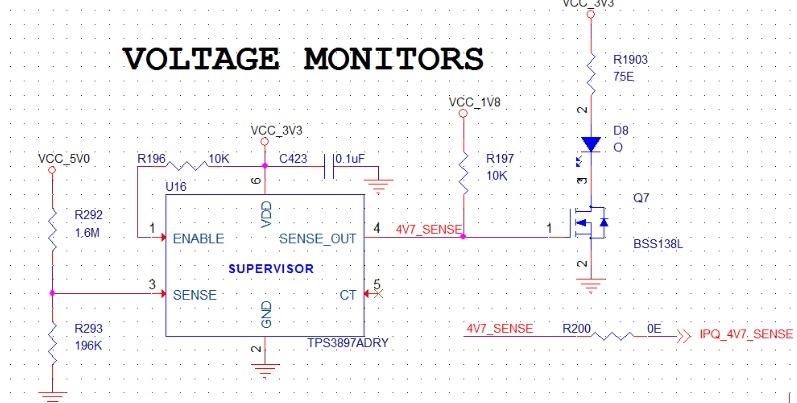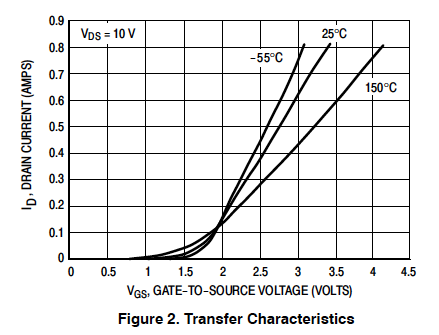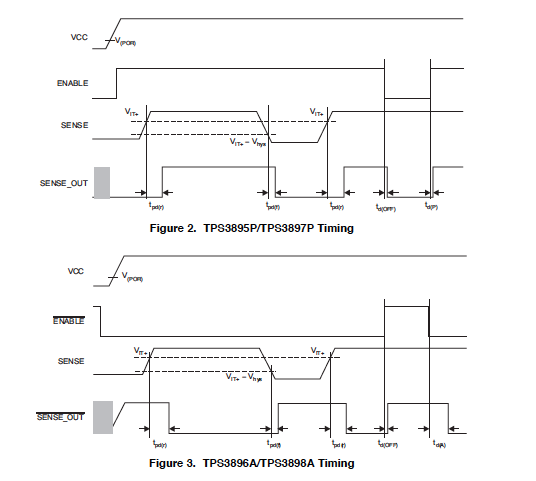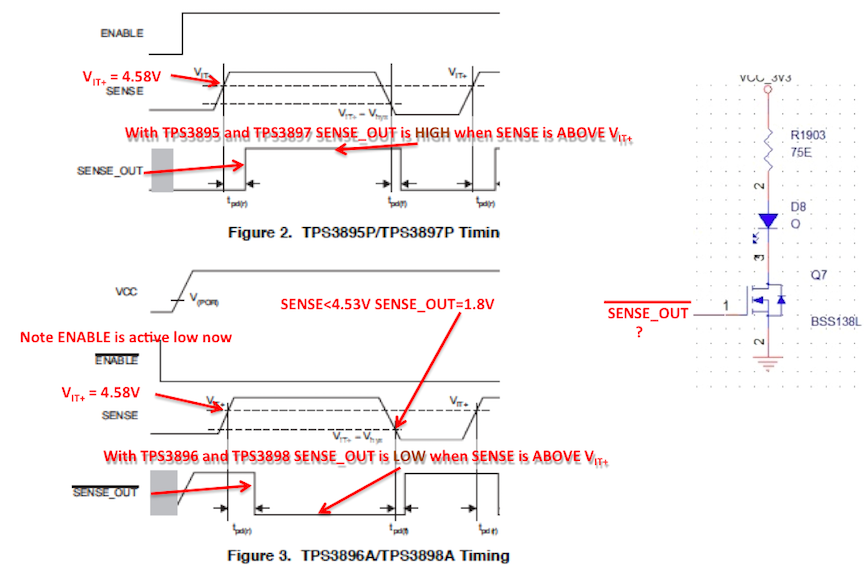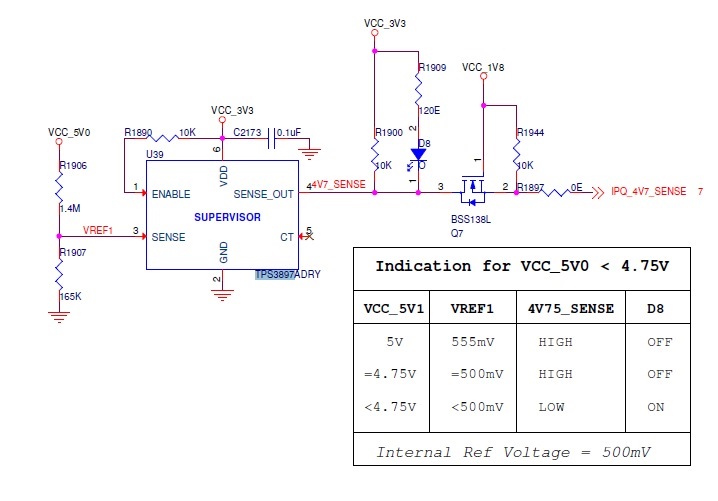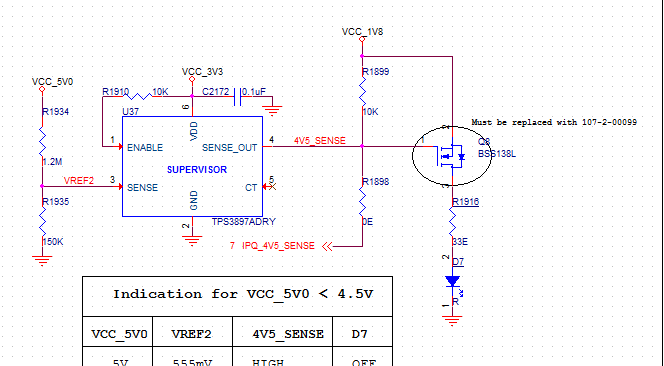Hello ,
We have used TPS3897 in our design to monitor 5V power supply.
We have used the open drain part , if the voltage drops below 4.5V we need to indicate the status through the LED and the same signal is connected to GPIO of 1.8V tolerant.
Theory of operation if the voltage is above the 0.5V the output is low , that means the transistor will not conduct , if the reference voltage drop below the 0.5V the output will be high and the open drain output is pulled high and the transistor starts conducting and the 1.8V I/O is pulled high.
Can you please check and tell us our understating is correct
Thanks
Antony


